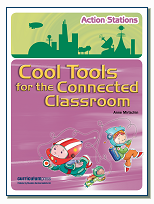Maria Jose Giavedoni is an amazing educator from Santa Fe, Argentina – always willing to mentor and teach and eager to share her culture and customs. Fom Dec 9th on, she provided the opportunity to connect with her to learn of the Christmas celebrations and customs in Argentina.

As formal classes have finished in our school, we run an alternative program in the last 1.5 weeks of school. Finding suitable times is hard for us as our time zone does not always work. As I had a class at 9am my time on Monday Dec 7th I asked whether we could connect then. It would be Sunday night at 7am for Maria. However, she explained that she only puts up the decorations on Dec 8th, the traditional date for doing so in Argentina. Disappointed, I thought that we would not be able to do it until I saw that I had a class for Coding at 9am on Friday morning. Maria said it suited her.
At 9:10am using Skype, we rang Maria and were immediatley transported into an environment full of wonderful Christmas decorations and treasures. She showed us a Powerpoint presentation outlining the special dates of Christmas, their food and other celebrations. The slides were colourful, engaging animations on the slides, and English text. This helped students get used to her strong Spanish accent and ensured that they understood it right from the begiining.

Then we were taken on a walkthrough her living room. There were so many different decorations in all sorts of places. It was fascinating. Many were similar to what we have in Australia and some were different. Due to safety concerns there are no lights or decorations outside, unlike Australia who often put out many lights and large decorations outside. Their trees are artificial as there are so few real trees growing in Santa Fe and Argentina. Many of our Australian homes still have a real Christmas tree. As Maria has spent time in remote learning for much of the year, she has hand made more decorations. As our school has a large Christmas tree in the front office, three girls walked the laptop up to it and showed Maria. They also took her to the prep-3 classrooms to show some of their decorations.

It was uncanny that at the same time another class had the opportunity to make Christmas decorations. So, it was combined with my Coding class for the first 45 mins. After Maria’s presentation, the students made decorations. Photos were sent to Maria to show what they had done.

What an amazing class! There is still something almost unbelievable and amazing about being able to visit each other globally in the spaces where we live and learn from each other.


























 was the highest this last summer) the season, where I actually lived in Australia (unfortunately, I had forgotten to put a map in the presentation to show them), the stars on our flag and a wonderful question about the colour of our sea.
was the highest this last summer) the season, where I actually lived in Australia (unfortunately, I had forgotten to put a map in the presentation to show them), the stars on our flag and a wonderful question about the colour of our sea.









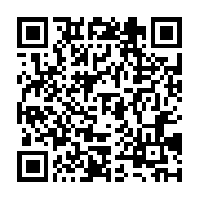






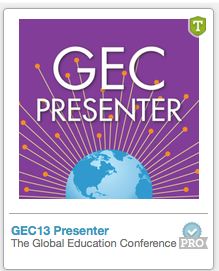


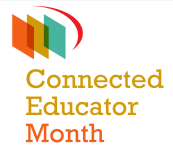
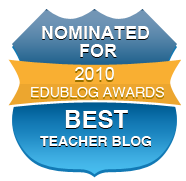





 Twitter/murcha
Twitter/murcha Del.icio.us/murcho
Del.icio.us/murcho GMail/Anne M
GMail/Anne M Blog/Anne M
Blog/Anne M